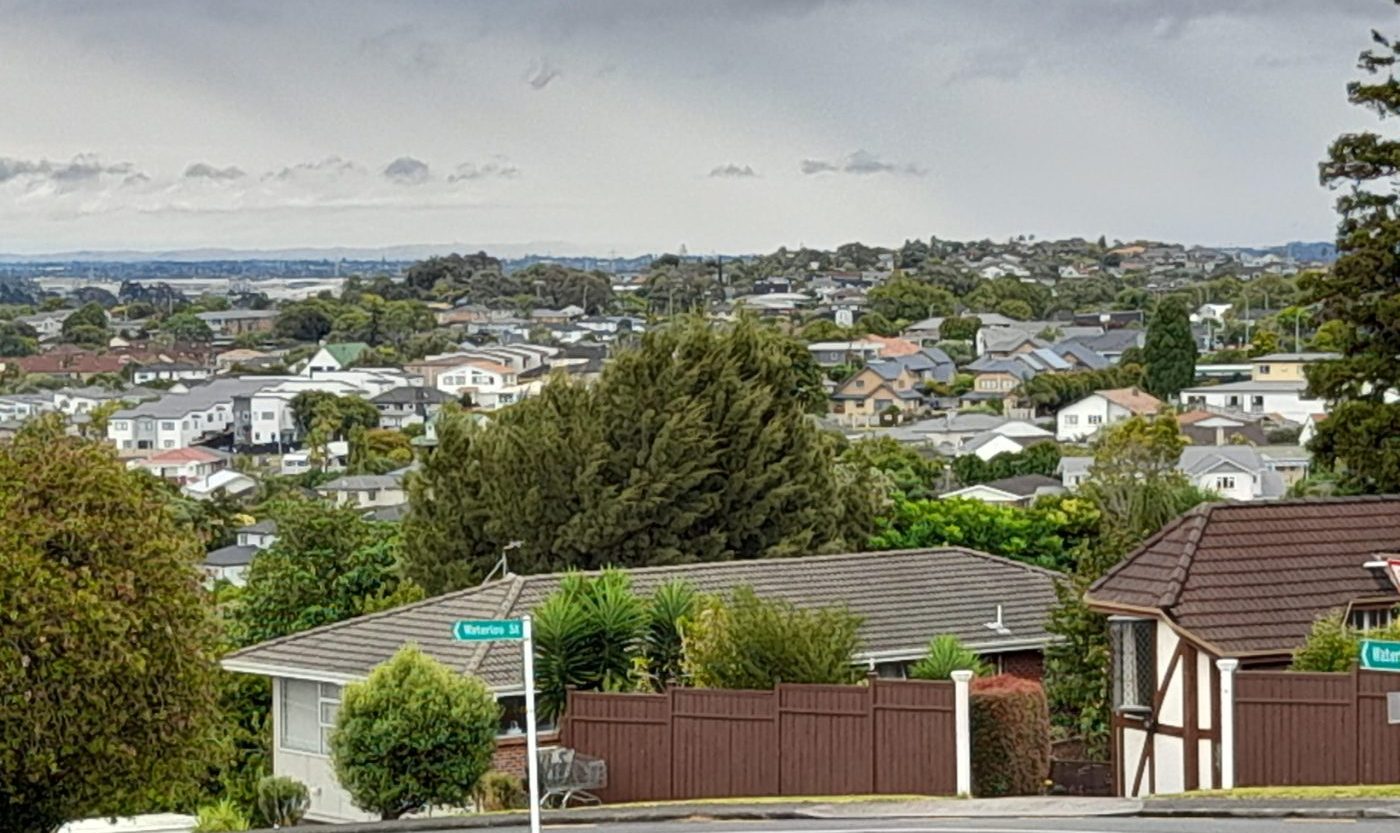
CoreLogic says New Zealand’s housing market continues to show signs of recovery, with national sales activity and dwelling values both lifting in March.
That’s supported by easing mortgage rates and renewed buyer confidence, according to CoreLogic NZ’s April Housing Chart Pack.
It shows sales volumes were 11 per cent higher in March compared to the same time last year, more than offsetting February’s brief dip.
CoreLogic NZ chief property economist Kelvin Davidson says it marks nearly two years of gradual growth in transaction activity.
“Clearly confidence levels are growing, no doubt reflecting the falls in mortgage rates.
“The recovery in property values and activity levels is becoming clearer, but it remains measured.
“Higher stock levels are still giving buyers plenty of choice, which will keep a lid on price growth in the near term.”
Davidson says national home values edged up 0.5 per cent in March, following a 0.4 per cent increase in February and a flat result in January, based on CoreLogic NZ’s latest Home Value Index.
“The recovery is becoming more geographically widespread, extending beyond the main centres into key regional towns and cities.”
Investor activity rising
CoreLogic NZ says that while the supply of available listings continues to track at multi-year highs, reducing the urgency for buyers, improving conditions have nevertheless sparked renewed interest from a range of buyer groups.
First home buyer activity as a share of the market has eased slightly from recent record highs, but investor activity is on the rise, driven by lower mortgage rates.
“Mortgaged investors remain on the comeback trail,” Davidson says.
“Lower interest rates are certainly helping investors by reducing the cashflow top-ups out of other income sources that are generally required on a rental property purchase.
“While the share of purchases going to mortgaged multiple property owners (MPOs, including investors) remains below historical levels, this group has certainly started to return.
“Indeed, at 23 per cent in quarter one 2025, they’re back to levels not seen since late 2021.”
Davidson says all buyer groups are expected to be more active through the rest of 2025.
“If current momentum continues, we anticipate around 10,000 more residential sales this year compared to 2024.
“That means more opportunities for everyone – first home buyers, investors and upgraders alike.”
Mixed economic outlook
Davidson says the economic backdrop remains mixed, with global uncertainty fuelled by recent tariff changes in the United States.
“While the inflationary impact in New Zealand is expected to be relatively neutral, a softer global growth outlook may support further downward pressure on interest rates.”
Despite the crosswinds, CoreLogic anticipates national home values to rise by approximately 5 per cent throughout 2025.
“The year ahead is likely to deliver a subdued but broad-based upturn,” Davidson says.
“Lower mortgage rates are doing much of the heavy lifting, but high listing volumes, ongoing labour market shifts and mortgage lending constraints such as debt-to-income ratio caps will temper the pace of growth.”
April CoreLogic NZ Housing Chart Pack highlights:
New Zealand’s residential real estate market is worth a combined $1.62 trillion.
The CoreLogic Home Value Index shows property values across the country increased 0.5 per cent in March.
Over the three months to March, there was a 0.9 per cent rise in median property values.
The total sales count over the 12 months to March is 83,543.
Total listings on the market were 30,524 in March – 23 per cent up on the five-year average.
Some major regions such as Auckland, Waikato, and Bay of Plenty are lower than last year in terms of total listings on the market, but Canterbury and Otago are slightly higher, and Wellington more so.
Rental market conditions still favour tenants, as net migration (demand) eases down from its very high peak, and the stock of available rental listings (supply) on the market stays elevated.
Gross rental yields now stand at 3.9 per cent, which is the highest level since mid-2015.
Inflation is firmly back in the 1-3 per cent target range, and after April’s 0.25 per cent cut, further Official Cash Rate reductions seem likely in the coming months.








